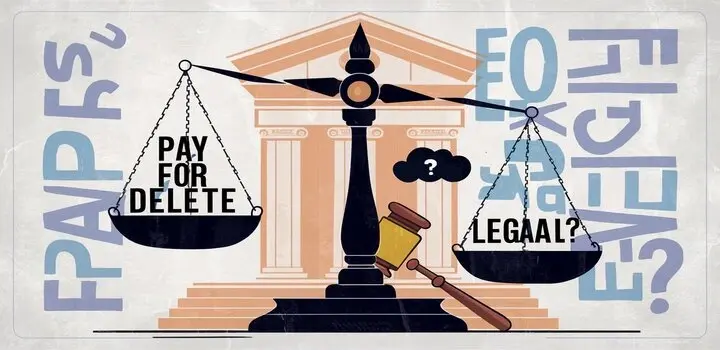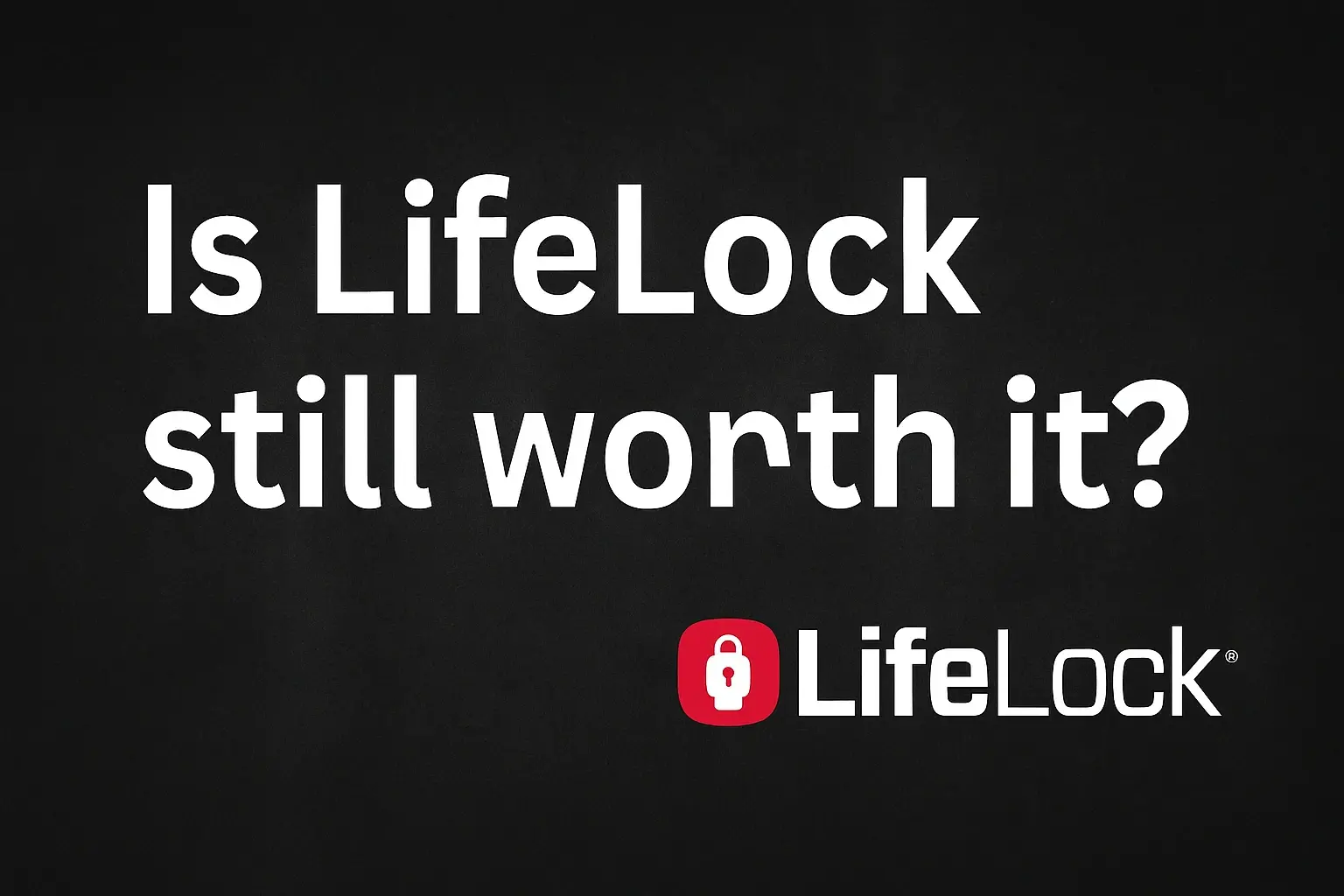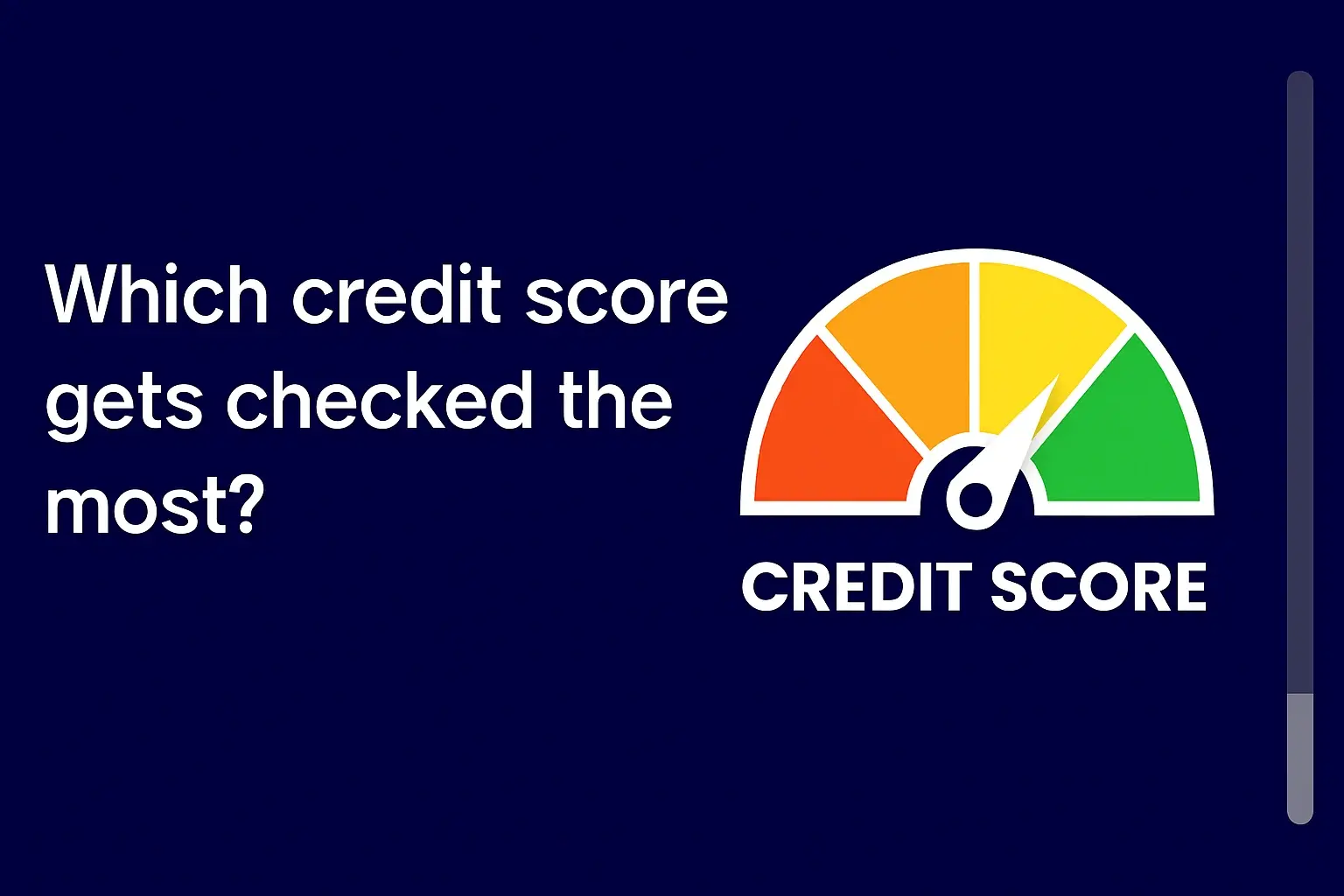-
Posted on: 17 May 2023

-
Dreaming of owning your own home? Qualifying for a mortgage is the crucial first step. This comprehensive guide will demystify the process, equipping you with the knowledge to understand lender requirements and present your strongest application.
Understanding Mortgage Qualification
Qualifying for a mortgage is more than just having a good idea of what you can afford. Lenders meticulously assess your financial profile to determine your ability to repay a significant loan over an extended period. This process involves evaluating several key factors that paint a picture of your financial health and stability. In essence, lenders are looking for assurance that you are a low-risk borrower. They want to see a consistent history of responsible financial behavior, a stable income stream, and sufficient assets to cover the loan and associated costs. By understanding these criteria, you can proactively address any potential weaknesses and strengthen your application, significantly increasing your chances of approval. For 2025, the landscape of mortgage qualification remains robust, with lenders prioritizing borrowers who demonstrate a clear ability to manage debt and maintain financial stability. The core principles haven't changed drastically, but the emphasis on digital verification and sophisticated risk assessment tools has grown.
The 5 C's of Mortgage Lending
The traditional framework lenders use to evaluate mortgage applicants is often summarized by the "5 C's of Credit." Understanding these will give you a solid foundation for what lenders are looking for.
1. Credit History
This is arguably the most critical factor. Your credit history, reflected in your credit score and credit report, tells a story of how you've managed debt in the past. Lenders want to see a pattern of timely payments, responsible credit utilization, and a lack of significant delinquencies or defaults. A strong credit history indicates reliability and a lower risk of default.
2. Capacity
Capacity refers to your ability to repay the loan. This is primarily measured by your income and employment stability. Lenders want to see a consistent and sufficient income stream that can comfortably cover your existing financial obligations plus the new mortgage payment. They will look at your employment history to ensure stability and likelihood of continued income.
3. Capital
Capital represents the money you have saved or invested. This includes your down payment, closing costs, and reserves. Having sufficient capital demonstrates your financial commitment to the purchase and provides a cushion in case of unexpected financial emergencies. It shows you're not solely relying on borrowed funds.
4. Collateral
In the context of a mortgage, collateral is the property you are purchasing. The lender will require a property appraisal to ensure the home's value is sufficient to cover the loan amount. If you were to default, the lender could foreclose on the property and sell it to recoup their losses.
5. Conditions
Conditions refer to the terms of the loan and the broader economic environment. This includes the purpose of the loan (buying a home), the type of loan you're seeking, and prevailing economic factors that might affect your ability to repay. Lenders assess how these conditions might impact the loan's risk.
Credit Score: Your Financial Report Card
Your credit score is a three-digit number that summarizes your creditworthiness. It's a critical component of your mortgage qualification. For 2025, most conventional mortgage lenders prefer a credit score of 620 or higher. However, to secure the best interest rates and terms, aiming for a score of 700 or above is highly recommended.
Understanding Credit Score Components
Several factors contribute to your credit score:
- Payment History (35%): This is the most significant factor. Paying bills on time, every time, is paramount. Late payments, defaults, and bankruptcies can severely damage your score.
- Credit Utilization (30%): This refers to the amount of credit you're using compared to your total available credit. Keeping your credit utilization ratio below 30% is ideal. For example, if you have a credit card with a $10,000 limit, try to keep your balance below $3,000.
- Length of Credit History (15%): The longer you've had credit accounts open and in good standing, the better. This shows a track record of responsible credit management.
- Credit Mix (10%): Having a mix of different types of credit (e.g., credit cards, installment loans like a car loan or student loan) can be beneficial, as long as you manage them responsibly.
- New Credit (10%): Opening too many new credit accounts in a short period can negatively impact your score, as it can signal financial distress.
Improving Your Credit Score
If your credit score isn't where you'd like it to be, don't despair. Here are actionable steps you can take:
- Pay Bills on Time: Set up automatic payments or reminders to ensure you never miss a due date.
- Reduce Credit Card Balances: Focus on paying down your credit card debt to lower your credit utilization ratio.
- Avoid Closing Old Accounts: Unless there's a compelling reason, keep older, well-managed accounts open, as they contribute to your credit history length.
- Check Your Credit Report for Errors: Obtain a free copy of your credit report from each of the three major credit bureaus (Equifax, Experian, and TransUnion) annually. Dispute any inaccuracies immediately. You can get your free credit reports at AnnualCreditReport.com.
- Be Patient: Improving a credit score takes time and consistent effort.
Credit Score Requirements by Loan Type (2025 Estimates)
Different loan programs have varying credit score requirements. Here's a general overview:
Loan Type Minimum Credit Score (Typical) Ideal Credit Score (for Best Terms) Conventional Loans (Fannie Mae/Freddie Mac) 620 700+ FHA Loans (Federal Housing Administration) 580 (with 3.5% down)
500-579 (with 10% down)620+ VA Loans (Department of Veterans Affairs) No official minimum set by VA, but lenders typically require 620+ 660+ USDA Loans (U.S. Department of Agriculture) No official minimum set by USDA, but lenders typically require 640+ 680+ Debt-to-Income Ratio (DTI): Managing Your Obligations
Your Debt-to-Income ratio (DTI) is another critical metric lenders use to assess your ability to manage monthly payments. It compares your total monthly debt payments to your gross monthly income (income before taxes). A lower DTI indicates that a smaller portion of your income is dedicated to debt repayment, leaving more room for a mortgage payment.
Understanding Front-End vs. Back-End DTI
Lenders typically look at two types of DTI:
- Front-End DTI (Housing Ratio): This ratio compares your proposed monthly housing expenses (principal, interest, taxes, and insurance – PITI) to your gross monthly income. A common guideline is to keep this below 28%.
- Back-End DTI (Total Debt Ratio): This ratio compares all your monthly debt obligations (including PITI, car loans, student loans, credit card minimum payments, and other recurring debts) to your gross monthly income. For most conventional loans, lenders prefer this to be 36% or lower. However, some loan programs and borrowers with strong credit and significant assets may qualify with a higher back-end DTI, sometimes up to 43% or even 50% in specific cases.
Calculating Your DTI
To calculate your DTI:
- Sum all your monthly debt payments. This includes your estimated PITI for the new mortgage, minimum credit card payments, car loan payments, student loan payments, personal loan payments, and any other recurring debt.
- Determine your gross monthly income. This is your income before taxes and deductions.
- Divide your total monthly debt payments by your gross monthly income. The result is your back-end DTI.
Example: If your total monthly debt payments (including estimated PITI) are $2,500 and your gross monthly income is $6,000, your back-end DTI is $2,500 / $6,000 = 0.417, or 41.7%.
Strategies to Lower Your DTI
If your DTI is too high, consider these strategies:
- Increase Your Income: Look for opportunities for overtime, a side hustle, or a higher-paying job.
- Reduce Your Debt: Focus on paying down credit cards and other high-interest debts aggressively. Consider debt consolidation if it makes sense for your situation.
- Lower Your Housing Costs: Explore more affordable housing options or consider a larger down payment to reduce the loan amount and thus the PITI.
- Wait and Save: Sometimes, the best strategy is to wait a year or two, continue paying down debt, and increase your income before applying for a mortgage.
Income and Employment Stability: Proving Your Earning Power
Lenders need to be confident that you have a reliable and consistent income to make your mortgage payments for the life of the loan. This means they scrutinize your employment history and income sources.
Employment Stability Requirements
Generally, lenders prefer applicants to have been in their current line of work for at least two years. This doesn't necessarily mean two years with the same employer, but rather two years in the same or a similar industry. Gaps in employment are acceptable if they are explained and do not indicate a trend of instability.
Verifying Your Income
You'll need to provide documentation to verify your income. This typically includes:
- Pay Stubs: Recent pay stubs (usually covering the last 30 days) showing your year-to-date earnings.
- W-2 Forms: For W-2 employees, typically the last two years of W-2s.
- Tax Returns: For W-2 employees, usually the last two years of federal tax returns. For self-employed individuals or those with significant commission or bonus income, lenders will often require the last two years of complete tax returns (all schedules included).
- Bank Statements: To show consistent direct deposits.
Special Considerations for Different Income Types
Lenders have specific ways of evaluating different income sources:
- Salaried/Hourly Employees: This is the most straightforward. Your W-2s and pay stubs will be used to calculate your average monthly income.
- Commission/Bonus Earners: Lenders will typically average your commission or bonus income over the past two years to determine a stable monthly amount. They may also require proof that this income is likely to continue.
- Self-Employed Individuals: This requires more extensive documentation. Lenders will average your net income (income after business expenses) from your tax returns over the past two years. They will want to see that your business is stable and profitable.
- Rental Income: If you own rental properties, lenders may allow a portion of the rental income to be used to qualify, provided you have a documented history of receiving this income and can provide leases and tax returns.
- Other Income: Income from alimony, child support, or Social Security can be used to qualify, but you'll need to provide proof of receipt and evidence that it will continue for at least three years.
The Importance of Reserves
Beyond just proving your income, lenders often want to see that you have sufficient financial reserves – money set aside after closing. This is typically measured in months of PITI. For conventional loans, lenders often look for 2-6 months of reserves, though this can vary based on loan type and your overall financial profile. Reserves demonstrate that you can handle unexpected expenses or a temporary income disruption without immediately defaulting on your mortgage.
Down Payment and Assets: Demonstrating Financial Readiness
Your down payment and overall assets are crucial indicators of your financial preparedness and commitment to homeownership.
Understanding Down Payment Requirements
The amount you need for a down payment can vary significantly depending on the loan type.
- Conventional Loans: Can require as little as 3% down, but a 20% down payment allows you to avoid Private Mortgage Insurance (PMI).
- FHA Loans: Allow for down payments as low as 3.5% for borrowers with a credit score of 580 or higher. Borrowers with scores between 500-579 will need a 10% down payment.
- VA Loans: For eligible veterans, active-duty military personnel, and surviving spouses, VA loans often require no down payment.
- USDA Loans: For eligible rural and suburban homebuyers, USDA loans also typically offer 0% down payment options.
While lower down payments are possible, a larger down payment generally leads to a smaller loan amount, lower monthly payments, and potentially better interest rates.
Sources of Down Payment Funds
Lenders want to see that your down payment funds are from legitimate sources. Common sources include:
- Savings Accounts: Funds you've saved over time.
- Checking Accounts: Similar to savings, but lenders will want to see a history of consistent balances.
- Investment Accounts: Stocks, bonds, mutual funds. Lenders will typically require statements and may apply a "haircut" to their value to account for market fluctuations.
- Gifts: Many lenders allow a portion or all of your down payment to come from gifts from family members. You'll need a signed gift letter stating that the money is a gift and does not need to be repaid.
- Retirement Accounts: Some plans allow for loans or withdrawals, but these should be considered carefully due to potential tax implications and penalties.
- Down Payment Assistance Programs: Many state and local governments, as well as non-profit organizations, offer programs to help first-time homebuyers with down payments and closing costs. These can be grants or low-interest loans.
The Importance of Closing Costs and Reserves
Don't forget about closing costs! These are fees associated with finalizing your mortgage and transferring property ownership. They can typically range from 2% to 5% of the loan amount and include items like appraisal fees, title insurance, lender fees, and prepaid interest.
In addition to the down payment and closing costs, lenders will want to see that you have sufficient cash reserves to cover a few months of mortgage payments (PITI). This demonstrates your ability to handle unexpected expenses or temporary income disruptions.
Documenting Your Assets
You will need to provide bank statements, investment account statements, and other relevant documentation to prove you have access to these funds. Lenders will look at the source of funds and the average balance over a period (usually 60-90 days) to ensure the money hasn't appeared suddenly from an unverified source.
Loan Types and Lender Requirements
Choosing the right mortgage loan type is crucial, as each has different qualification criteria, interest rates, and benefits. Understanding these differences will help you select the best option for your financial situation.
Conventional Loans
These loans are not backed by a government agency. They are typically offered by banks, credit unions, and mortgage companies.
- Credit Score: Generally requires a minimum score of 620, with better rates for 700+.
- Down Payment: Can be as low as 3%, but 20% avoids PMI.
- Debt-to-Income Ratio: Typically prefers a back-end DTI of 36% or lower, but can go up to 43% or higher with compensating factors.
- Loan Limits: Subject to conforming loan limits set annually by Fannie Mae and Freddie Mac.
FHA Loans
These loans are insured by the Federal Housing Administration (FHA) and are designed to help low-to-moderate-income borrowers, first-time homebuyers, and those with less-than-perfect credit.
- Credit Score: Minimum score of 580 for 3.5% down. Borrowers with scores between 500-579 may qualify with 10% down.
- Down Payment: As low as 3.5%.
- Mortgage Insurance: Requires an upfront mortgage insurance premium (UFMIP) and annual mortgage insurance premiums (MIP) for the life of the loan if less than 10% is put down.
- Debt-to-Income Ratio: Can be more flexible, often allowing back-end DTIs up to 43%, and sometimes higher.
VA Loans
These loans are guaranteed by the U.S. Department of Veterans Affairs (VA) and are available to eligible veterans, active-duty military personnel, and surviving spouses.
- Credit Score: No official minimum set by the VA, but most lenders require a minimum of 620.
- Down Payment: Typically 0% down payment required.
- Mortgage Insurance: No PMI or MIP required. However, there is a VA funding fee, which can be financed into the loan.
- Debt-to-Income Ratio: Lenders often look for a back-end DTI of 41% or lower, but this can be flexible.
- Certificate of Eligibility (COE): Required to prove eligibility.
USDA Loans
These loans are guaranteed by the U.S. Department of Agriculture (USDA) and are designed to promote homeownership in eligible rural and suburban areas.
- Credit Score: No official minimum set by the USDA, but lenders typically require 640+.
- Down Payment: Typically 0% down payment required.
- Income Limits: Borrowers must meet specific income limits for the area.
- Property Location: The property must be located in an eligible rural or suburban area.
- Guarantee Fee: Similar to FHA and VA loans, there's an upfront guarantee fee and an annual fee.
What Lenders Look For Beyond the Basics
While the 5 C's, credit score, DTI, income, and assets are primary, lenders also consider:
- Employment Gaps: Any significant gaps need to be explained.
- Recent Credit Inquiries: Too many recent credit checks can be a red flag.
- Public Records: Bankruptcies, foreclosures, or judgments will significantly impact your ability to qualify.
- Property Type: Lenders may have specific requirements for certain property types (e.g., condos, manufactured homes).
- Loan Purpose: Whether it's a primary residence, second home, or investment property.
Preparing Your Mortgage Application
A well-prepared mortgage application can streamline the process and increase your chances of a swift approval. Think of it as building a strong case for why you are a reliable borrower.
Gathering Essential Documents
Start gathering these documents early. Having them organized will save you time and stress:
- Proof of Identity: Government-issued photo ID (driver's license, passport).
- Social Security Number: Your Social Security card.
- Income Verification:
- Pay stubs (most recent 30 days)
- W-2 forms (last 2 years)
- Federal tax returns (last 2 years, including all schedules)
- If self-employed: Business tax returns (last 2 years), profit and loss statements, balance sheets.
- Other income documentation (alimony, child support, Social Security award letters, etc.)
- Asset Verification:
- Bank statements (checking and savings, last 2-3 months, all pages)
- Investment account statements (brokerage, retirement, last 2-3 months)
- Gift letters (if applicable)
- Debt Information:
- Statements for all outstanding loans (car loans, student loans, personal loans)
- Credit card statements
- Divorce decrees or alimony/child support orders (if applicable)
- Homeownership History: If you currently own a home, documentation like mortgage statements and property tax bills.
- Divorce Decree/Child Support Orders: If applicable.
The Pre-Approval Process
Getting pre-approved for a mortgage is a critical step before you start seriously house hunting.
- What is Pre-Approval? A lender reviews your financial information (credit, income, assets, debts) and determines how much they are willing to lend you, subject to the property appraisal and final underwriting.
- Benefits of Pre-Approval:
- Know Your Budget: You'll have a clear understanding of your price range, preventing you from looking at homes you can't afford.
- Stronger Offer: Sellers are more likely to accept an offer from a pre-approved buyer, as it shows you are serious and financially capable.
- Faster Closing: The pre-approval process helps identify potential issues early on, leading to a smoother closing.
- Pre-Qualification vs. Pre-Approval: Pre-qualification is a preliminary estimate of what you might be able to borrow based on self-reported information. Pre-approval is a more thorough assessment based on verified financial documents and a credit check. Always aim for pre-approval.
Choosing the Right Lender
Don't settle for the first lender you speak with. Shop around to compare rates, fees, and loan programs.
- Banks: Traditional institutions offering a wide range of products.
- Credit Unions: Member-owned institutions that may offer competitive rates and personalized service.
- Mortgage Brokers: They work with multiple lenders to find the best loan for you.
- Online Lenders: Can offer competitive rates and a streamlined digital application process.
When comparing lenders, look beyond just the interest rate. Consider the Annual Percentage Rate (APR), which includes fees, and compare the Loan Estimate form carefully to understand all associated costs.
Common Pitfalls to Avoid
Many aspiring homeowners stumble during the mortgage qualification process. Being aware of common mistakes can help you steer clear of them.
1. Not Checking Your Credit Score and Report Early
Discovering a significant error or a low score right before applying for a mortgage can cause major delays. Check your credit reports from all three bureaus at least 6-12 months before you plan to buy.
2. Making Large, Unexplained Purchases
During the mortgage process, lenders will re-verify your financial situation. Buying a new car, furnishing a new home, or making other large purchases on credit can negatively impact your DTI and credit score, potentially jeopardizing your loan approval. Avoid significant financial changes.
3. Changing Jobs or Industries
As mentioned, lenders value employment stability. A sudden job change, especially to a different industry, can be a red flag. If you're considering a career move, discuss it with your loan officer beforehand.
4. Not Understanding Loan Terms and Fees
It's crucial to understand what you're signing. Ask questions about interest rates, APR, closing costs, mortgage insurance, and any other fees. Don't be afraid to ask for clarification.
5. Applying for Too Much Credit
Opening multiple new credit accounts during the mortgage application process can lower your credit score and signal to lenders that you may be overextending yourself financially.
6. Providing Incomplete or Inaccurate Information
Honesty and accuracy are paramount. Lying on a mortgage application is a federal offense. Ensure all information provided is truthful and that all requested documents are submitted promptly and completely.
7. Waiting Too Long to Start the Process
The mortgage qualification process can take time. The sooner you start understanding your financial standing and speaking with lenders, the better prepared you'll be.
8. Assuming You Don't Qualify
Many people underestimate what they might qualify for or believe their financial situation is too complex. Lenders have various loan programs, and a good loan officer can help you find one that fits your needs. The worst they can say is no, but you might be surprised by what's possible.
Conclusion: Your Path to Homeownership
Unlocking the door to homeownership is a journey that begins with understanding how to qualify for a mortgage. By meticulously examining your creditworthiness, managing your debt-to-income ratio, demonstrating stable income and assets, and choosing the right loan type, you can significantly improve your chances of approval. Remember, lenders are looking for responsible borrowers who can comfortably manage their financial obligations. Proactive preparation, thorough documentation, and a clear understanding of the "5 C's of Credit" are your most powerful tools. Don't hesitate to consult with mortgage professionals who can guide you through the complexities and help you present your strongest application. Your dream home awaits, and with the right knowledge and preparation, you can make it a reality. Start by assessing your credit, calculating your DTI, and gathering your financial documents today.











